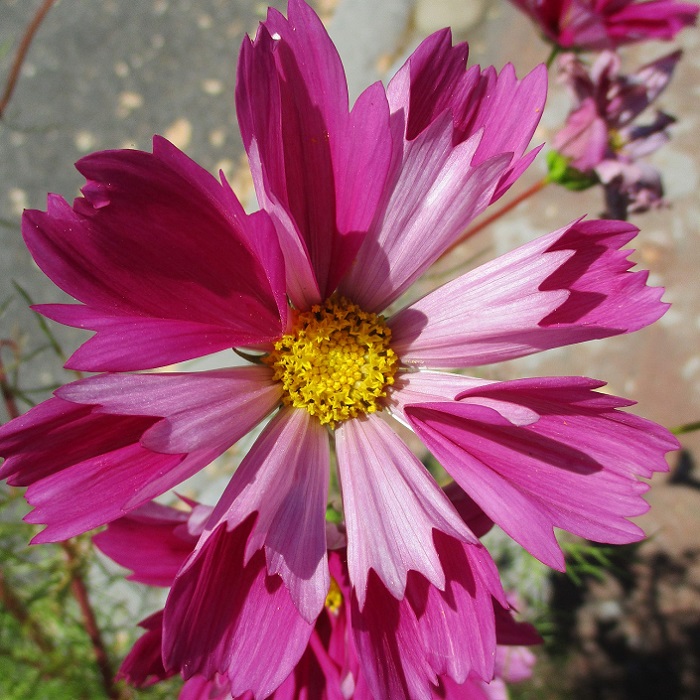UNITED STATES—No mater how much work we put into our roses to sustain bloom all through the season, and no matter how successful we are with that endeavor, the first spring bloom is always the best. Some roses continue to bloom in floriferous phases afterward, while others bloom sporadically, but continually; but there is nothing like the first bloom phase. The last blooms are just waiting for autumn.
Of course, concentrating resources into early bloom is very sensible. That is why so many plants bloom only once in spring. It gives them time to get pollinated, develop seed and fruit structures, and finally disperse their seed or fruit structures, all before winter. Plants that bloom in summer or autumn are either from regions where winters are not too harsh, or where summers are harsher.
Because summer weather in most regions tends to be warmer and drier than spring weather, flowers that prefer to bloom in summer tend to be more prolific, but smaller and less colorful. By this time of year, they are more reliant on wind for pollination rather than insects anyway. Therefore, they do not need to be big and colorful to attract pollinators, although some are fragrant just in case.
Sunflower, blanket flower, cone flower, zinnia, cosmos, delphinium, dahlia and of course rose, are some of the favorite flowers in the garden as well as for cutting in late summer and into autumn. Cut dahlia flowers should get their water changed daily so that they do not rot and smell bad so soon. Canna blooms about now, but does not last so well as cut flowers. Lily-of-the-Nile is finished.
Believe it or not, lemon bottlebrush is a delightful cut flower for those who are not allergic to it or repelled by the aromatic foliage. So are some of the showier eucalyptus, such as the red flowering gum, Eucalyptus ficifolia. Mexican blue sage that was cut back to the ground over winter blooms a bit in spring, takes a bit of time off through summer, and then starts to bloom as summer ends, ultimately blooming spectacularly early in autumn. A few other sages bloom as late, but few are good for cutting.
Highlight: cosmos
Their pastel hues and blends of pink, lavender, near red and white are so perfect for the middle of spring when cosmos, Cosmos bipinnatus, begin to bloom. They are just as perfect as bloom continues right through summer and almost to autumn, when the tall and airy plants finally begin to wear themselves out. If they continue through autumn, they eventually succumb to frost in winter.
Individual flowers are as delicate as they look, but are prolific. New flowers replace older flowers a quickly as they fade. Deadheading promotes even better bloom. A few of the last flowers to bloom can be left as the season ends to sow seed for next year. However, fancy cultivars are not true to type, so subsequent generations will be more like the basic specie, with simpler flowers.
Cosmos likes full sun exposure, rich soil and regular watering. Mature plants are about two or three, or even four feet tall, although the most popular varieties stay shorter and more compact. The species name of ‘bipinnatus’ refers to the pinnate leaves that are divided into very narrow lobes that are also divided into even narrower lobes. The collective foliage is very delicate, lacy and airy.
Horticulturist Tony Tomeo can be contacted at tonytomeo.com.






